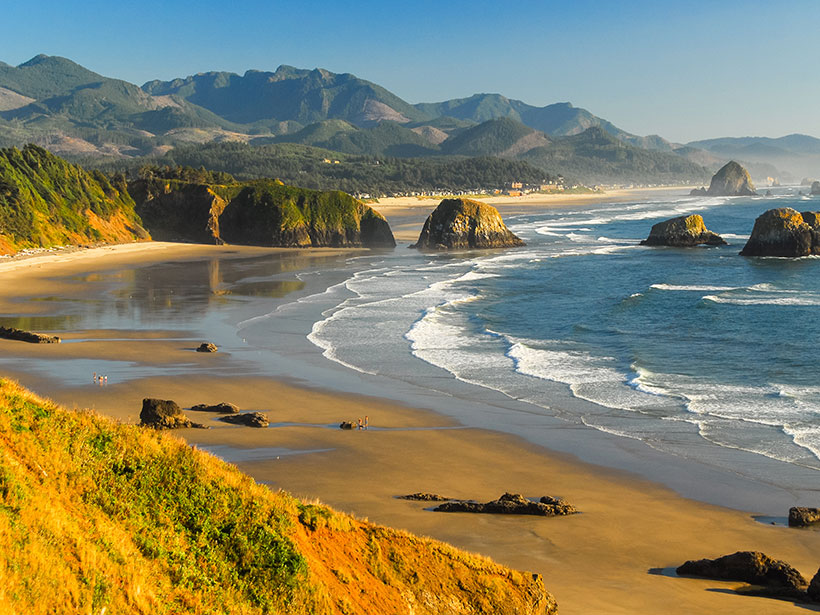Source: Journal of Geophysical Research: Solid Earth
The western edge of North America is one of the most seismically active areas on Earth. In the Cascadia Subduction Zone, which spans from northern Vancouver Island in British Columbia to Northern California, strain has been building since a massive earthquake, thought to have been about magnitude 9, occurred in 1700. When a large quake strikes this megathrust fault again, the toll on infrastructure and human life could be catastrophic, so scientists are continually trying to understand better how energy builds up on the fault.
In a new study, Yousefi et al. study vertical land motion (VLM) on the western coast of North America, comparing GPS data with a 4,000-year record of land motion from sea level data. By subtracting recent trends in land motion from the longer record, the scientists show which part of the observed surface deformation is due to plate locking along the megathrust as part of the Cascadia earthquake cycle and which part is more likely caused by other processes, such as groundwater extraction and glacier retreat.
Overall, the VLM data in the new study show widespread uplift and a landward tilt in the Cascadia region related to fault locking. Uplift is dominant along most of the western Canadian and American coasts, except for the San Diego Bay area, where subsidence is occurring. The researchers found that their refined VLM data compared well with an existing model of Cascadia megathrust locking tuned to match horizontal land motion rates, especially for the case in which complete locking occurs at shallow depths (less than 30 kilometers).
The scientists conclude that this sort of VLM data analysis, which allows the contribution to land motion from deformation between major earthquakes to be isolated, will be useful in better constraining locking models of the Cascadia and other subduction zones, especially where only horizontal land motion data have been used previously. (Journal of Geophysical Research: Solid Earth, https://doi.org/10.1029/2019JB018248, 2020)
—David Shultz, Science Writer
Citation:
Shultz, D. (2020), Land motion offers insights into Cascadia earthquake cycle, Eos, 101, https://doi.org/10.1029/2020EO146555. Published on 07 July 2020.
Text © 2020. AGU. CC BY-NC-ND 3.0
Except where otherwise noted, images are subject to copyright. Any reuse without express permission from the copyright owner is prohibited.

